Psychology of the Stock Market
$11.74
| Author(s) | |
|---|---|
| Product Type |
Ebook |
| Format |
|
| Skill Level |
Intermediate to Advanced |
| Pages |
119 |
| Publication Year |
1912 |
| Delivery |
Instant Download |
First published in 1912, The Psychology of the Stock Market by G.C. Selden is one of the earliest and most insightful explorations of market behavior, human emotion, and crowd psychology in financial speculation. Written from the heart of Wall Street, this book uncovers how traders’ minds—rather than mere numbers or news—drive price action and shape booms, busts, and everything in between.
Selden was one of the first to articulate that market movements are primarily psychological phenomena, governed by cycles of optimism and fear, rather than purely economic fundamentals. Drawing on his experience as a statistician, financial journalist, and observer of the Magazine of Wall Street, he dissects the emotional forces behind speculative manias and panics—anticipating modern behavioral finance by nearly a century.
Each chapter is a masterclass in understanding how herd behavior, overconfidence, fear, inverted reasoning, and mass emotion influence price fluctuations. Selden explains why even rational traders succumb to market sentiment, how “They” (the invisible crowd of insiders) affect psychology, and why identifying the mental attitude of the public can be more powerful than studying technical or fundamental data.
A timeless guide for serious traders and students of financial history, Selden’s work remains as relevant today as it was over a hundred years ago—especially in an era of algorithmic trading and social-media-driven speculation.
✅ What You’ll Learn:
- How mass psychology drives market fluctuations beyond fundamentals.
- The structure and phases of the speculative cycle—from optimism to panic.
- Why traders often act on emotions rather than logic or evidence.
- How “They” (market insiders or dominant groups) manipulate crowd sentiment.
- The mental and emotional traps—greed, fear, and overconfidence—that destroy consistency.
- How to analyze market behavior through the lens of collective psychology.
- The role of individual discipline and self-awareness in avoiding speculative pitfalls.
💡 Key Benefits:
- Master the timeless laws of crowd behavior in financial markets.
- Learn to read sentiment shifts that precede market reversals.
- Avoid the psychological traps that lead to overtrading and panic.
- Discover the emotional patterns behind every market bubble and crash.
- Strengthen your mental discipline and decision-making as a trader.
- Bridge classic market wisdom with modern behavioral finance principles.
👤 Who This Book Is For:
- Serious traders and investors who want to understand the emotional forces shaping market moves.
- Behavioral finance students exploring the historical origins of market psychology.
- Gann and cycle traders studying how human emotion drives cyclical price behavior.
- Long-term investors seeking to recognize irrational crowd sentiment and exploit it strategically.
📚 Table of Contents:
- The Speculative Cycle
- Inverted Reasoning and Its Consequences
- “They”
- Confusing the Present with the Future-Discounting
- Confusing the Personal with the General
- The Panic and the Boom
- The Psychology of Scale Orders
- The Mental Attitude of the Individual
Psychology of the Stock Market By George Charles Selden
15 reviews for Psychology of the Stock Market
Clear filtersOnly logged in customers who have purchased this product may leave a review.



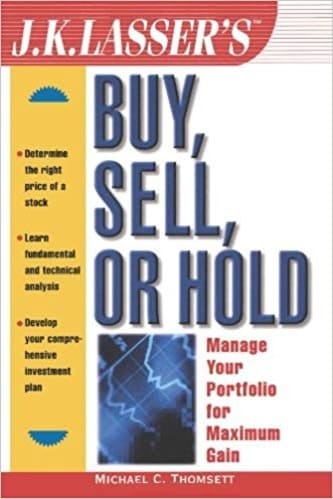
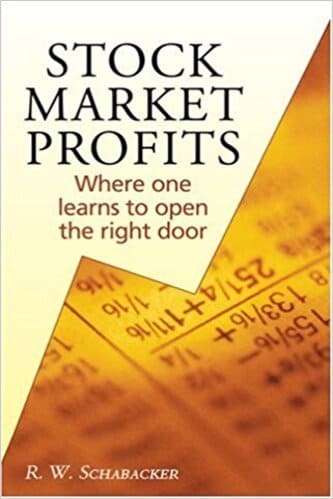
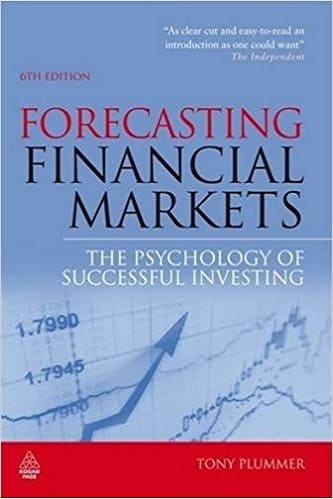
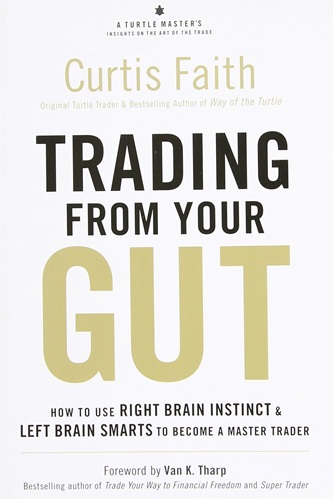
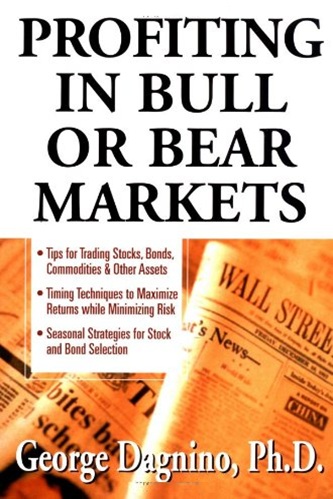
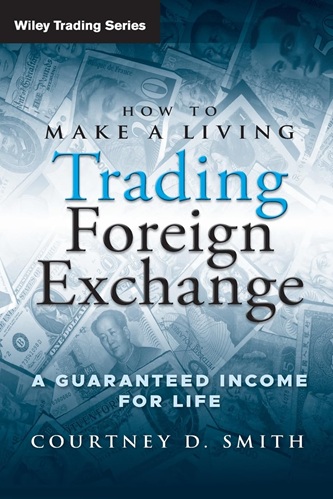

Andres Calhoun (verified owner) –
For $8 this is a great read and a timeless reminder of how human nature can get in the way of making profits.
Kennedy Barnes (verified owner) –
The last chapter is a must for every trader or spread better.
It is entitled “The Mental Attitude of the Individual”.
Abdiel Strong (verified owner) –
A great book. The author’s ideas are very much relevant today as they were 100 years ago and probably 1,000 years ago and in general since people began to trade
Damian Hayden (verified owner) –
A quick and comprehensive read
Margo Simon (verified owner) –
This is a very simple classic book on market psychology. It helps one to understand the markets in a much better way.
Lachlan Rivera (verified owner) –
This book is a classic. I feel like a sophisticated investor/trader reading a book from before The Great Depression. It’s very well written and the theories are timeless as human psychology does not change. Students of the market need to read this one.
Logan Dalton (verified owner) –
The timeless wisdom held in these pages should be read and heeded by all traders. I plan to read again soon.
Paislee Alvarado (verified owner) –
Since I am a new grader it was imperative to learn about the psychology of trading. A good overview including an interesting bibliography.
Lillian Andrade (verified owner) –
This book was written in 1912, but surprisingly would have been a great guide book over the past 100 years. The principles could have made us a lot of money in the twentieth century and stopped a lot of the losses in 1929 and 2000.
Here is the top five principles of the book in summary:
1. Your main purpose must be to keep the mind clear and well balanced.Hence, do not act hastily on apparently sensational information;do not trade so heavily as to become anxious; and do not permit yourself to be influenced by your position in the market.
2. Act on your own own judgement, or else act absolutely and entirely on the judgement of another,regardless of your own opinion.”To many cooks spoil the broth.”
3. When in doubt,keep out of the market. Delays cost less than losses.
4. Endeavor to catch the trend of sentiment.Even if you should be temporarily against fundamental conditions,it is nevertheless unprofitable to oppose it.
5. The greatest fault of ninety-nine percent out of one hundred active traders is being bullish at high prices and bearish at low prices. Therefore, refuse to follow the market beyond what you consider a reasonable climax, no matterhow large the possible profits that you may appear to be losing by inaction.
40 people found this helpful
Thalia Flynn (verified owner) –
Difficult to understand.
Eithan Bailey (verified owner) –
This was one of the best books on the market I have read. Short and to the point. Definitely a classic.
Kannon Hanna (verified owner) –
Fantastic and quick read especially for those interested in the movements of markets resulting from investor behavior! Also short and sweet
Avayah McDowell (verified owner) –
At only 93 pages this book can be read in an afternoon. Like many say the book describes human minds that do not change, and you can tell that the reader has had much experience with the minds of traders and investors. The problem with this book is that it was written before psychology was a science (not until 1960s), at a time anyone could claim to be an expert on how the mind worked. The reader can tell he has experience with the minds of traders and the author manages to describe the psychological quirks of them that today would be called “sunk cost”, “cognitive dissonance”, “confirmation bias” and others. But, the author is not a psychologist and one looking for a scholarly examination of the minds of traders/investors should look elsewhere. I consider this book to still be a must read for those interested in investing trading. Even if he does not know the name of these psychological quirks he knows how to describe them from experience in the realm of trading. Distance yourself from your own position when looking for news and information (avoid confirmation bias), do not become dedicated to a position because you feel a need to recoup losses from a sinking ship (avoid sunk cost), and making sure to base your opinions off of entire trends and not short periods of time, plus much more. Great read!
Cynthia Thomas (verified owner) –
This was a treat. Written in the begining of the 19th century it is still dead on. Even after reading a score of trading books this one reads fresh. It’s the kind of book that is short but brilliant and which you will find yourself rereading. Wonderful little apercues on market pyschology. Much of it, you already know if you’re an old hand, but expressed in a way that brings it home to you. Very well written. A joy to read.
Lilian Bernal (verified owner) –
In the great game that is trading, the game never really changes.
New technology is introduced; new methodologies are dreamed up; new investment fads come and go. But the essentials of trading are the same now as they were generations ago.
There is a class of books that brings home this timelessness. Four of the best are “The Money Game” by Adam Smith; “Devil Take the Hindmost” by Edwin Chancellor; “Extraordinary Popular Delusions and the Madness of Crowds” by Charles MacKay; and of course “Reminiscences of a Stock Operator” by Edwin Lefevre (with the guidance of Jesse Livermore).
The oldest of the above is MacKay’s book, published in 1841. The Psychology of the Stock Market, by G.C. Selden, is another addition to the “timeless classics” list.
Though published in 1912, Selden’s book could have hit the shelves yesterday. This makes complete sense, as the main topic — human psychology — has not changed at all in the past century.
Nonetheless it is eye-opening to realize, with fresh clarity, the degree to which human emotions and purely human thought processes still dominate the game.
But wait, the skeptics say. Surely the nature of trading is at least a little different than what was written of some 99 years ago? Surely the great masses of market participants have advanced at least modestly since then?
Nope. Still the same.
Selden begins by observing that “Human impulses lead to speculative disasters.” He then goes on to note:
“The psychological aspects of speculation may be considered from two points of view, equally important. One question is, What effect do varying mental attitudes of the public have upon the course of prices? How is the character of the market influenced by psychological conditions?”
“A second consideration is, How does the mental attitude of the individual trader affect his chances of success? To what extent, and how, can he overcome the obstacles placed in his pathway by his own hopes and fears, his timidities and obstinacies?”
“These two points of view are so closely involved and intermingled that it is almost impossible to consider either one alone. It will be necessary to take up first the subject of speculative psychology as a whole and later to attempt to draw conclusions both as to its effect upon the market and its influence upon the fortunes of the individual trader.”
In this very slim volume – fewer than 95 pages, and small pages at that – Selden then goes on to describe with eye-opening lucidity how the stock market “works.”
Of course, being a century old, this uncannily accurate description has nothing to do with dark pools, circuit breakers, high frequency trading, or any modern day influences of the sort. Instead, the focus is entirely on the human element.
To give an example, Selden clearly breaks down the “contest” between investors and speculators, and the characteristic influence of that battle in forming a market top:
“In a sense, the market is always a contest between investors and speculators. The real investor, looking chiefly to interest return, but by no means unwilling to make a profit by buying low and selling high, is ready, perhaps, to buy his favorite stock at a price which will yield him six per cent on his investment, or to sell at a price yielding only four per cent. The speculator cares nothing about interest return. He wants to buy before prices go up and to sell short before they go down. He would as soon buy at the top of a big rise as at any other time, provided prices are going still higher.”
“As the market advances, therefore, one investor after another sees his limit reached and his stock sold. Thus the volumes of stocks to be carried or tossed from hand to hand by bullish speculators is constantly rolling up like a snowball. One the ordinary intermediate fluctuations, covering five to twenty dollars a share, these sales by investors are small compared with the speculative business…”
Selden deftly parses the logic behind patterns of market action that every seasoned trader has lived through. These descriptions are so logical, and for swing traders so confirmed by present day experience, that you can feel their power in your gut (the same place where trader’s intuition resides).
In sum, Selden’s book is masterful in the way it highlights, very simply and cleanly, the interplay of thoughts and emotions on both sides of the aisle as the market ramps up, tops out, comes crashing down, and then repeats the process ad infinitum. Just as the author predicted it would.
In some ways, Psychology of the Stock Market is a far more valuable book today precisely because it was written so long ago. The great yawning gap of technological distance and time leaves no temptation on the part of the reader to assign special conditions of modern technology or modern thinking to the psychological drivers being described. Instead, they can simply be taken as the unadorned influences they are.
When one can trace the contours very plainly of what was important in the first decade of the twentieth century, and see that the same factors still dominate in the twenty-first, it becomes far more readily apparent what is truly vital (in terms of understanding markets) versus what is not. There is a reason why books like this tend to last, while the vast majority of high-powered academic theories get scrapped.
Being such a slender and easily digestible read – yet so packed with keen insight – I give Psychology of the Stock Market the highest honor I can think of: Assigning it to my exclusive circle of “must read” trading books, of which there can only be half a dozen or so. (Lefevre’s Reminiscences and Schwager’s original Market Wizards being two other examples.)
To conclude: In terms of food for thought, knowledge imparted, and potential impact on the trader, The Psychology of the Stock Market punches far above its weight. If you haven’t spent much time considering the “metacognitive” aspects of the trading game – thinking about what others tend to think and why – this is an excellent place to start.